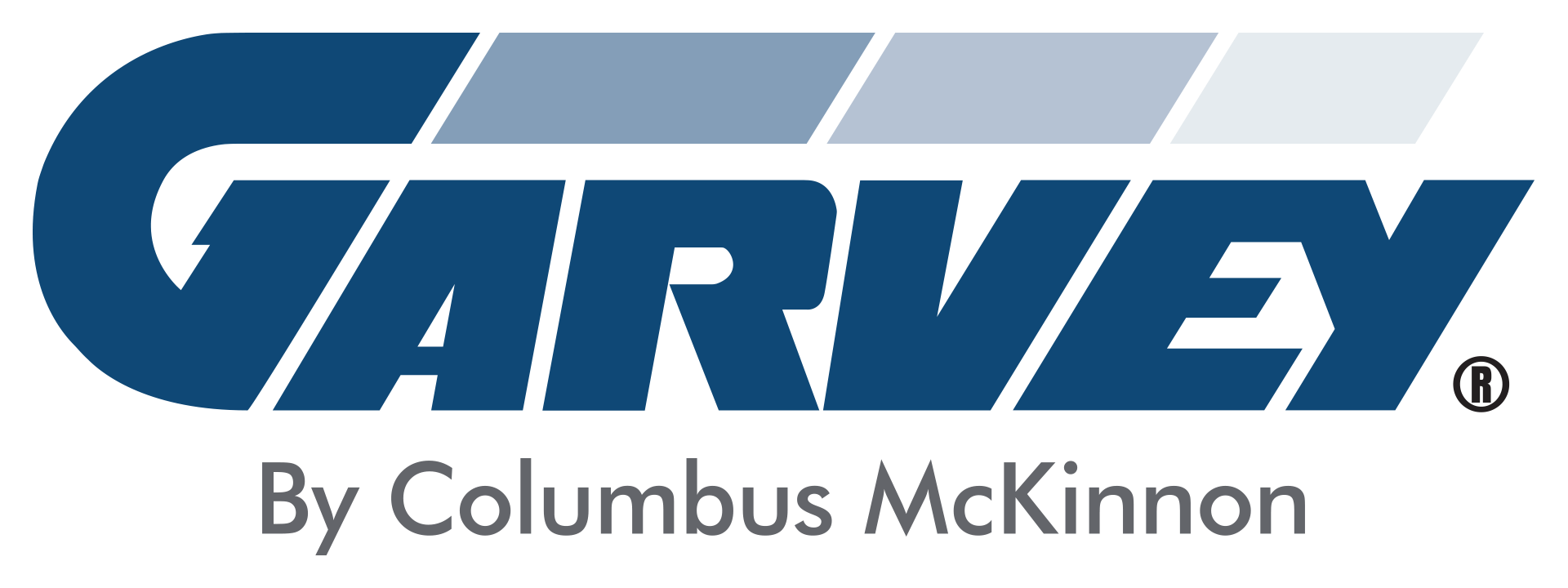As the world waits for a coronavirus vaccine, it seems reasonable to say that the operations of vaccine manufacturers has never been so much in the public eye. Our collective ability to get back to what we used to consider a normal life depends on the wide availability of a safe, effective vaccine.
That will require a strong end-to-end cold chain.
Maintaining the integrity of the cold chain has been an ongoing challenge for the pharmaceutical industry. In a 2019 survey by Pelican BioThermal, 45% of industry leaders said that their organization’s shipments experience temperature excursions multiple times every year. Not only that, but the temperature excursions aren’t small — 41% are 4° or more.
Cold chain disruptions are costly in a couple of ways. First, they’re expensive. According to a widely cited report from the IQVIA Institute for Human Data Science, the biopharma industry loses $35 billion annually due to failures in temperature-controlled logistics. They can also render vaccines ineffective or even harmful, which does immeasurable damage to public trust.
One of the reasons the cold chain is so challenging is that no single organization has responsibility for the entire thing. Depending on a particular vaccine’s journey, there may be several handoffs between logistics companies and distributors before a drug makes it into the hands of healthcare providers. The inevitable result is a general lack of visibility into the full range of conditions vaccines experience on their route from manufacturing facility to clinical setting.
A variety of technologies have arisen to provide that visibility, including wireless sensors and artificial intelligence techniques. These technologies have great potential to reduce the number and severity of temperature excursions that happen as vaccines make their way across the country or around the world.
But there is still a huge part of the cold chain that is often overlooked, and often broken. It’s a process that vaccine manufacturers have complete control over and one where a small improvement could potentially make a huge difference in terms of preserving vaccine effectiveness.
What is this frequently broken link in the cold chain?
Inspection and labeling.
If that answer surprises you, you’re not alone. We’ve had many discussions with vaccine manufacturers who didn’t realize that temperature excursions were happening regularly inside their own manufacturing facilities.
Here’s how it happens.
When vials are taken out of the refrigerator or freezer to be inspected and labeled for shipping, they’re often put into a conditioning room at room temperature as any condensation dissipates. This is necessary because you can’t inspect a foggy vial or put a label on a wet one. But, it typically takes 24 to 48 hours for the vials to dry completely, which means that the medicines are outside of the cold chain for a day or two. For many vaccines, that’s long enough to impact effectiveness — not necessarily to render them ineffective, but to start the irreversible process of losing potency. The impact of any additional temperature excursions will be additive.
Working with vaccine makers, we developed a machine to tackle this problem. Our Automatic Vial Dryer can dry vials in as little as 5 minutes, eliminating the source of one common temperature excursion.
As a pharmaceutical manufacturer, you can’t control the entire cold chain. But you can control what happens in your facilities. Don’t let your cold chain break before it even starts. Learn more about how our Automatic Vial Dryer can help you ensure the effectiveness of your vaccines by reducing the time they spend out of the cold chain.




